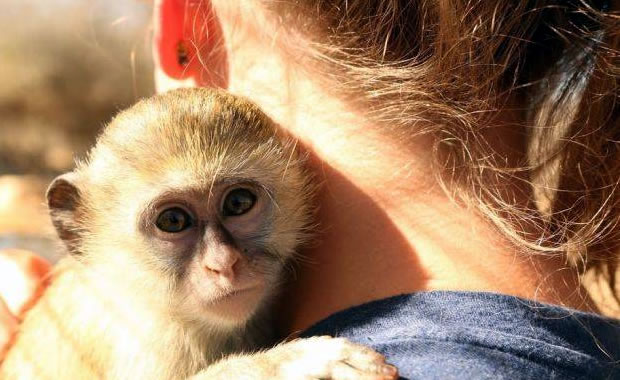Tuckeroo
Group:
Plants
Area(s) Where Listed As Endangered:
Indonesia, New Caledonia, Papua New Guinea
Species/Common Names:
| Cupaniopsis acuticarpa |
| Cupaniopsis bullata |
| Cupaniopsis euneura |
| Cupaniopsis glabra |
| Cupaniopsis globosa |
| Cupaniopsis mouana |
| Cupaniopsis napaensis |
| Cupaniopsis phanerophleibia |
| Cupaniopsis rosea |
| Cupaniopsis rotundifolia |
| Cupaniopsis squamosa |
| Cupaniopsis strigosa |
| Cupaniopsis subfalcata |
| Cupaniopsis tontoutensis |
Facts Summary:
Cupaniopsis (commonly known as the Tuckeroo species) is a genus of plants of concern and found in the following area(s): Indonesia, New Caledonia, Papua New Guinea.
Creature Profile

|
Wikipedia Article Copyright Notice: This article is licensed under the GNU Free Documentation License. It uses material from the Wikipedia article "Cupaniopsis". |
Status/Date(s) Listed as Endangered
| Scientific Name | Status | Listing Date | Range | |
| 1. | Cupaniopsis acuticarpa | VU-IUCN | 1998 | Papua New Guinea |
| 2. | Cupaniopsis bullata | VU-IUCN | 1998 | Papua New Guinea |
| 3. | Cupaniopsis euneura | VU-IUCN | 1998 | Papua New Guinea |
| 4. | Cupaniopsis glabra | EN-IUCN | 1998 | New Caledonia |
| 5. | Cupaniopsis globosa | VU-IUCN | 1998 | New Caledonia |
| 6. | Cupaniopsis mouana | EN-IUCN | 1998 | New Caledonia |
| 7. | Cupaniopsis napaensis | VU-IUCN | 1998 | Papua New Guinea |
| 8. | Cupaniopsis phanerophleibia | VU-IUCN | 1998 | Papua New Guinea |
| 9. | Cupaniopsis rosea | EN-IUCN | 1998 | New Caledonia |
| 10. | Cupaniopsis rotundifolia | EN-IUCN | 1998 | New Caledonia |
| 11. | Cupaniopsis squamosa | EN-IUCN | 1998 | New Caledonia |
| 12. | Cupaniopsis strigosa | VU-IUCN | 1998 | Indonesia |
| 13. | Cupaniopsis subfalcata | EN-IUCN | 1998 | New Caledonia |
| 14. | Cupaniopsis tontoutensis | EN-IUCN | 1998 | New Caledonia |
Tuckeroo Facts Last Updated:
May 15, 2017
May 15, 2017
To Cite This Page:
Glenn, C. R. 2006. "Earth's Endangered Creatures - Tuckeroo Facts" (Online) - Licensed article from Wikipedia: The Free Encyclopedia. Accessed 4/19/2024 at http://earthsendangered.com/profile.asp?sp=6421&ID=4.
Glenn, C. R. 2006. "Earth's Endangered Creatures - Tuckeroo Facts" (Online) - Licensed article from Wikipedia: The Free Encyclopedia. Accessed 4/19/2024 at http://earthsendangered.com/profile.asp?sp=6421&ID=4.
Need more Tuckeroo facts?

Custom Search



